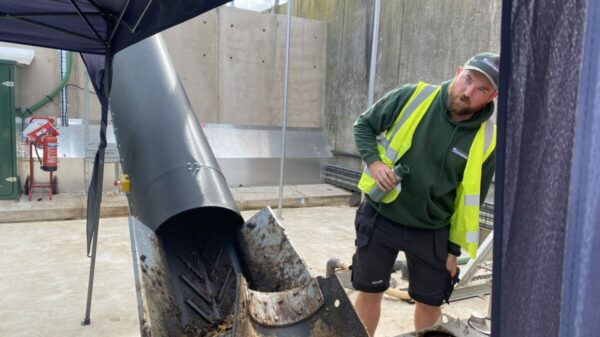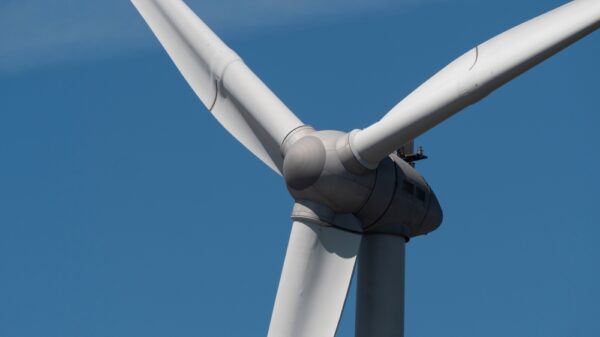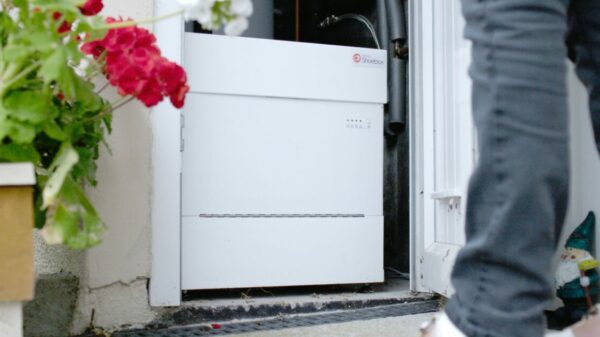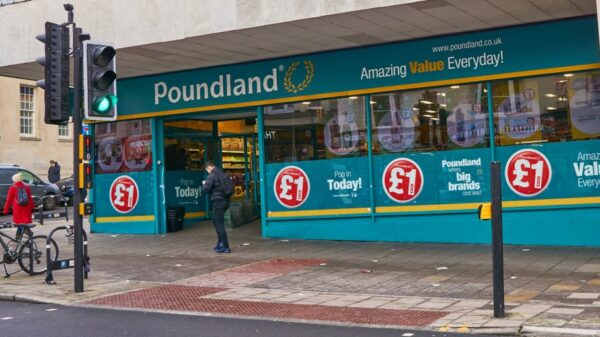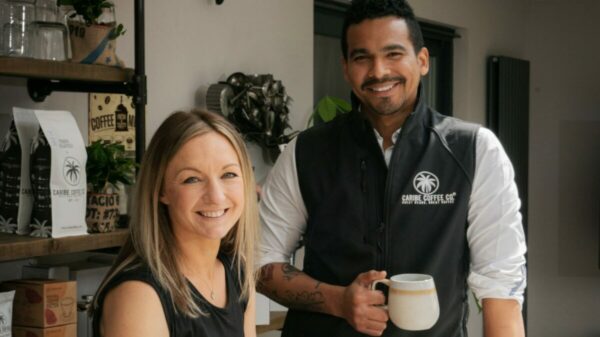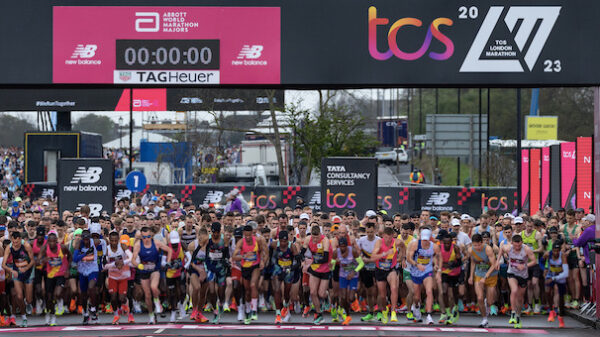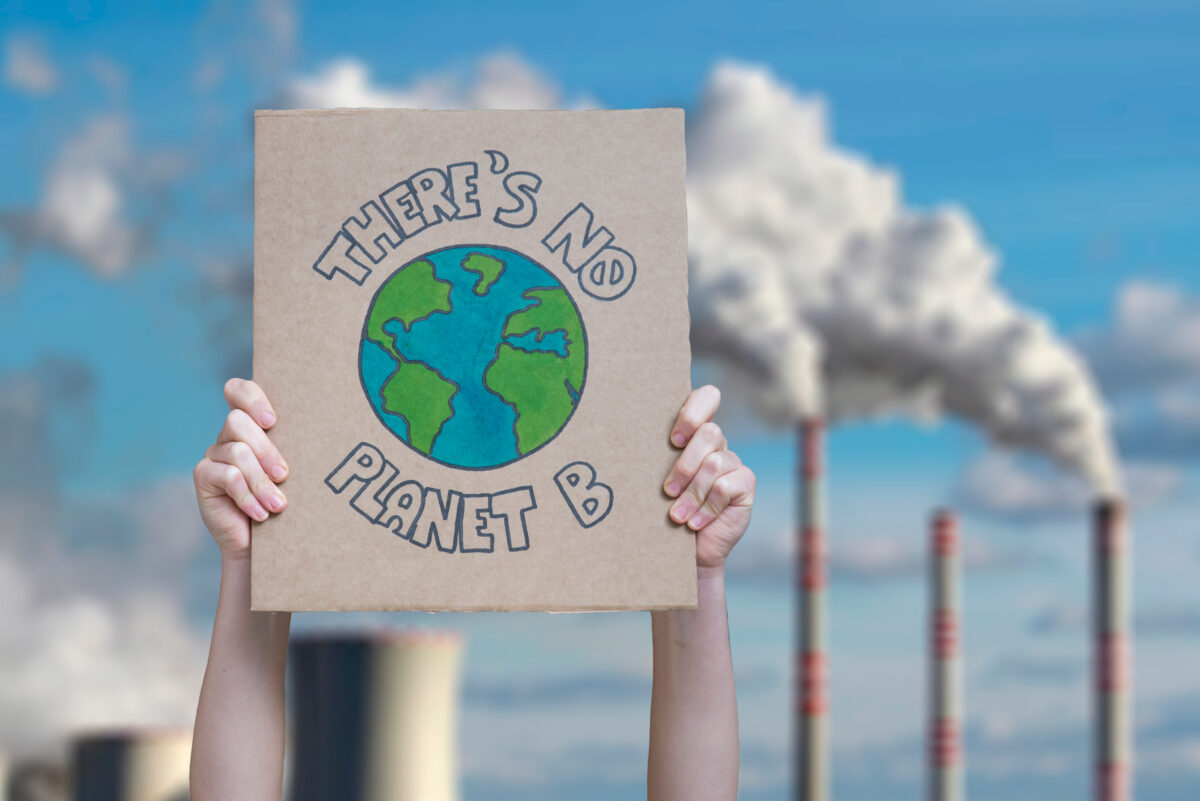Along the winding country route to Waitrose’ s 2,500 acre Leckford estate in Hampshire we pass a crystal clear chalk river, a vineyard which produces sparkling wine and a lush green field with young calves roaming around.
If this all sounds rather idyllic, that’s because it is. Currently, Waitrose is the only UK supermarket to have its own farm; some 4,000 acres of property, farming, retail and leisure activities. It’s also the first UK retailer to use cow power to drive the tractors at its farm – or at least, harness the methane they create to do so.
The groundbreaking move of using its 500-strong herd of cows to help power the farming estate is an innovative step from the grocer, which remains firmly in line with with its commitment to achieving net-zero greenhouse gas emissions across its own operations by 2035 and throughout its entire supply chain by 2050.
The fully circular system takes the one thing beef and dairy farmers have more than enough of – manure – and turns it into renewable biomethane fuel, which can then be used to run specially-designed tractors which put out a fraction of the emissions of their petrol-powered equivalent.
Since John Lewis Partnership founder John Spedan Lewis bought the farm in 1929, his ethos around conservation has been maintained, while ensuring the farm remains a key part of the retailer’s financial plans. It now acts as a testing ground for pioneering environmental practices as it looks for genuine solutions to environmental issues caused by farming processes.
“Two years ago, we challenged ourselves to use Leckford as an experiment in farming best practices, to pave the way for genuine solutions to help conserve our soil, air, and water for future generations, and our biomethane lagoon does just that,” said Waitrose executive director James Bailey.
“We genuinely believe that we can help our farmers find shortcuts to sustainability solutions that we can then take risks on,” adds Head of Leckford estate Andrew Hoad.
“We’re really serious about being commercially-focused here.”
Subscribe to Sustainability Beat for free
Sign up here to get the latest sustainability news sent straight to your inbox everyday
What is biomethane fuel?
Biomethane fuel, although not entirely carbon neutral, produces less emissions than conventional fuels and can be used for fuel, electricity and heat, helping businesses reduce their carbon footprint.
The technique involves creating a slurry lagoon, where farmers gather animal waste and other unusable organic matter. The raw biogas released from this – which is a mixture of CO2, methane, water vapour and hydrogen sulfide – is then cleaned via a gas filtration system, before being turned into compressed biomethane via a mobile processing machine.
One CFM (controlled fugitive methane machine) system – this one was created by the Cornish firm Bennaman – can be used to service three or four small farms.
Any waste or organic matter left over will also be put to good use, replacing chemical fertiliser being used on the land.
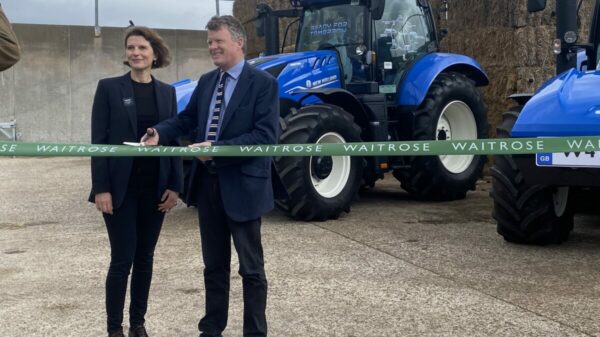
How does a cow-powered tractor work?
New Holland alternative fuels manager George Mills explains that the tractor firm began the process of creating the tractors back in 2012. They are fitted with mod cons like comfortable cabins and air conditioning.
“It’s a FIAT engine, and basically we’ve put it into a tractor,” he explains.
“It looked a bit sci-fi, with storage tanks all over the top of it, but it worked. We wanted a farmer to be able to use this tractor, be able to chop and change and ultimately to get rid of their diesel tractor.”
Unlike diesel, which needs to be compressed to power tractors forward, these tractors use a spark plug which ignites and burns the gas.
Each tractor holds around 79 kilograms of gas, enough for around half a days work, or, as Mills clarifies, slightly less “if it’s heavy work”.
Mills says that by running the fugitive methane that would have come off the slurry pit through the tractor, it reduced the amount of carbon emissions that would have gone into the atmosphere by as much as 97%.
That remaining 3% is made up of particulate matter, NOx (nitrogen oxide and nitrogen dioxide).
So far 100 of the tractors have been sold.
“I don’t suggest for a second that everyone’s going to drop their diesel tractor and buy a methane one,” Mills says, “but there will be sectors out there that will be able to take advantage of the benefits of it – whether that’s making their own fuel, or the carbon reduction side”.
At about £130,000, the tractors are more expensive than average. However, Mills is adamant that many farmers are willing to pay the price.
“So far everyone that’s either bought them or been in talks with us, understands that they have to cost more than diesel tractors. But when you start looking at the benefits of the system, they quickly become apparent. If you were having to buy diesel fuel as well as making your own system, you start to reap the rewards of the biomethane fuel quite quickly. And then of course, you get the benefit of the carbon savings…”

Biomethane as part of the net zero plan
John Lewis director of ethics and sustainability Marija Rompani laid out the businesses plan for nature last year, with commitments to reach net zero across the company by 2035. However, the aim is to achieve that goal much earlier at the Leckford estate.
Evidentially, farming is just one focus for the John Lewis Partnership’s wider sustainability strategy.
“We have food systems on one side and retail, fashion and beauty on the other side,” says Rompani.
The business also aims to convert all of its heavy trucks to biomethane fuel by 2028, while a new partnership with WWF also aims to help halve the environmental footprint of the average shopping basket by 2030.
How the technique is benefiting Waitrose
Leckford moved into regenerative farming around four years ago and is currently sequestering about 4,000 tonnes of carbon a year from its land management.
“We are trying to offer a more restorative system that is putting more back to the than it’s taking out. And we believe that is a really important thing for us to do,” says Hoad.
“If you manage to store properly and don’t disturb the ecosytem and do really low-impact farming, you’re sequestering carbon out of the atmosphere, which is helping address some of the challenges of global warming,” he continues.
Although biomethane tractors might not be able to work for all farms, it is a start for the fuel-intensive industry, and it will soon be clear whether the work can be scaled.
As Hoad points out, “The real reason for this is our ability to affect change across a larger part of the farming sector. That’s what really excites and motivates us”.
“Farmers are busy people, we’ve just got to make it easy for them to access good data. If you can start getting field data about what is working and what isn’t, you can start applying precision to techniques which take waste out of the system – and that has to be good for the bottom line of farming.”
